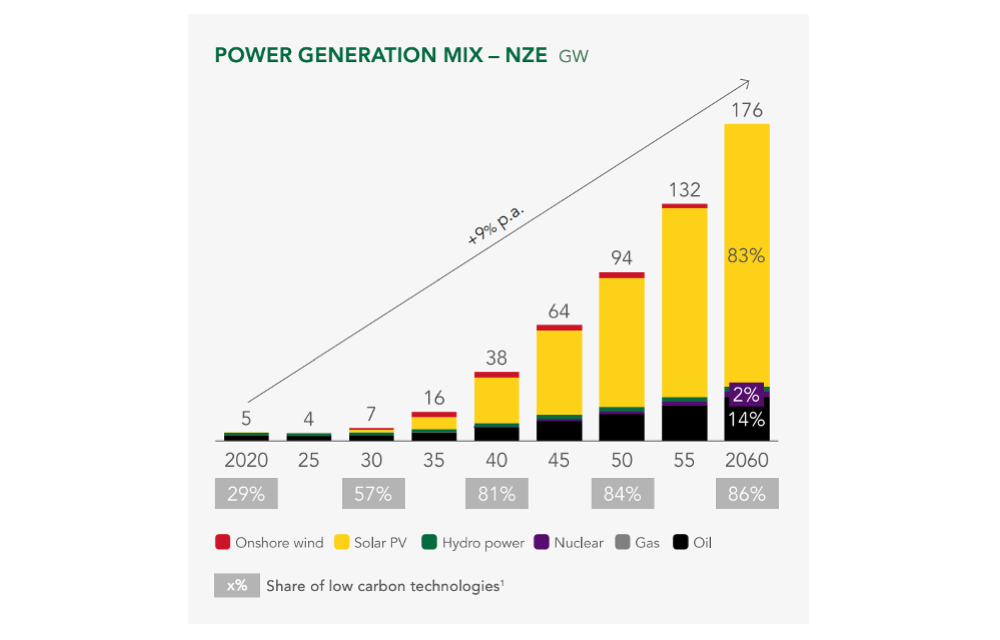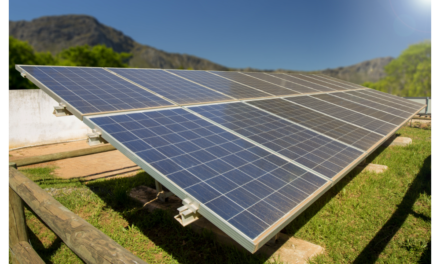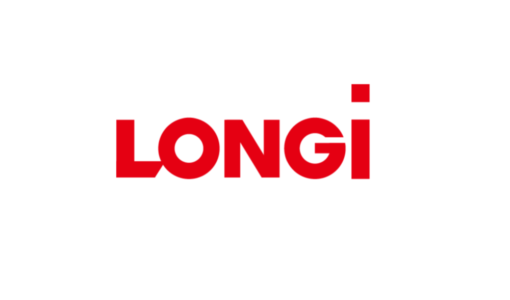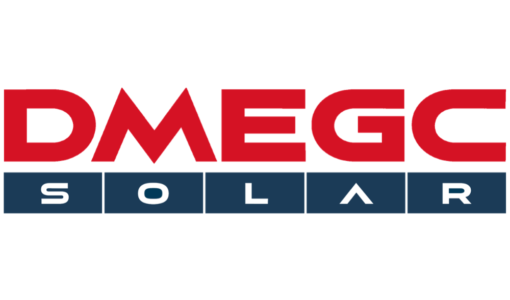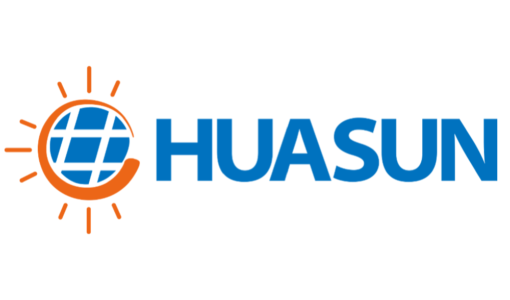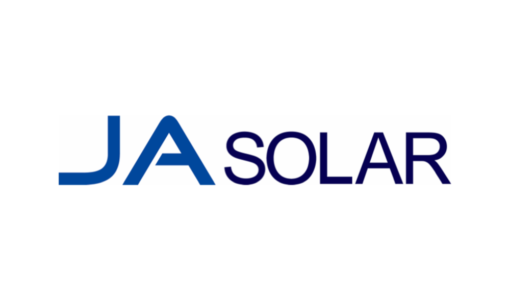- Ghana has released its new Energy Transition and Investment Plan to achieve net zero by 2060
- Driven by solar PV, the plan aims for this technology to grow in installed capacity to 26 GW by 2040, with another 5 GW added annually till 2060
- To speed up solar deployment, Ghana would need to ensure faster technical, financial and policy support
Ghana says its revised net zero ambition by 2060 under the country’s latest energy transition roadmap is a $550 billion sustainable development opportunity for international investors. It will be led by solar PV that’s targeted to grow to 146 GW by 2060.
In the interim, the target is to grow PV capacity to 26 GW by 2040 and thereafter add 5 GW annually to achieve the 146 GW ambition.
Launched during the UN General Assembly on September 21, 2023, Ghana’s Energy Transition and Investment Plan brings forward the country’s net zero target by a decade from 2070 announced previously. It says this can be realized with the help of low-carbon solutions.
An ‘orderly transition’ will require deployment of renewables, low-carbon hydrogen, battery electric vehicles (EV) and clean cookstoves, with potential to generate 400,000 new jobs by 2060.
Solar PV is seen as becoming the most cost-competitive power generation technology in the country as power demand grows 15x by 2060, supported by nuclear and hydro power.
As per the analysts, “Solar PV is highly likely to play a key role in the generation mix, while wind may play a complementary role. The precise mix of wind and solar will depend on their cost reduction pathway.” In any which way, a significant amount of storage will be needed to firm the output from solar and wind energy.
Fast buildout of solar will require higher degree of technical, financial and policy support to accelerate its deployment.
In a business as usual (BAU) scenario, the African nation could see its carbon emissions rising significantly, led by transport. To achieve its net zero ambition under the new roadmap, Ghana will need around $140 billion more capital investment than under BAU with a large chunk going to the power and transport sectors.
“Capital markets could provide the largest funding pool, but tapping these sources will require de-risking interventions,” reads the analysis.
The benefits also extend to energy security and trade balance with around 90% reduction in oil and gas consumption in 2060 net zero state, as compared to BAU, ‘releasing these commodities for export.’
Developed with support from the Sustainable Energy for All (SEforALL) and Bloomberg Philanthropies, Ghana’s Energy Transition and Investment Plan is available on the former’s website.

